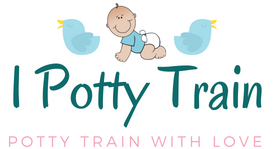When you buy through our links, we may earn a commission.
Potty training a boy is very similar to potty training a girl. However, there are a few caveats that’s good to watch out for before you start. And if you wonder if it’s harder to potty train a boy than to potty train a girl. The answer is no.
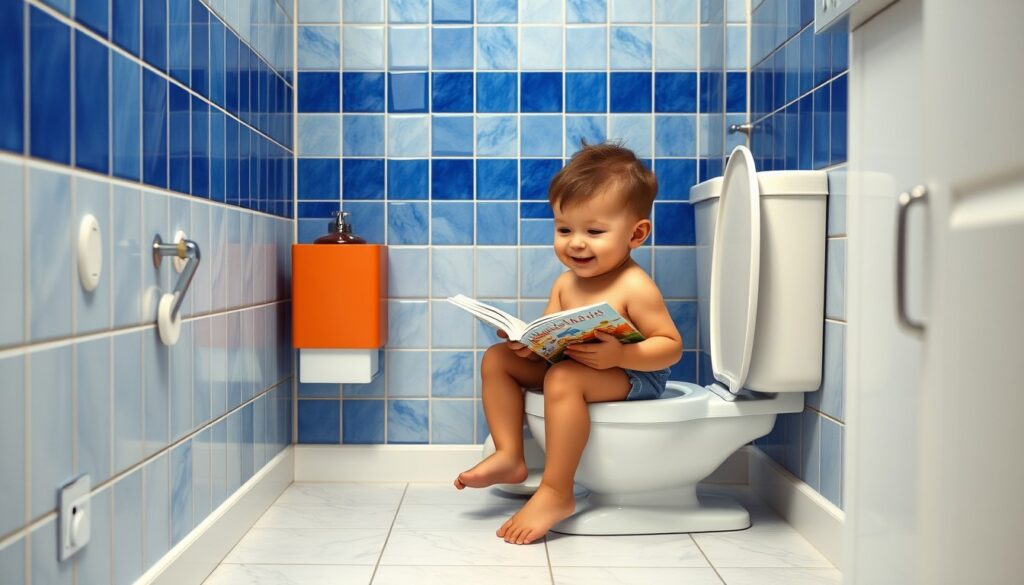
Potty training a boy is not harder than potty training a girl. But just like with girls, it really depends on the child. With the right mindset, preparation, and method, potty training a boy can be smooth and even fun. I’ve potty trained both girls and a boys, and while there are a few practical differences, the core of the process remains the same: understanding your child, trusting your gut, and being calm, consistent, and present.
In this article, I’ll walk you through my method of potty training a boy, step-by-step. I’ll talk about how to know when he’s ready, what equipment you’ll need, how to handle setbacks, and how to keep it stress-free for everyone. Whether your son is 14 months or closer to 3 years, you’ll find this guide useful and grounded in real-life experience.
When Is a Boy Ready for Potty Training?
Waiting for your son to give you the magical signal that he’s ready might mean waiting forever. You, the parent, need to make the call. Potty training doesn’t have to be reactive; it can be proactive. Here’s what I recommend checking before you start:
- Your son is healthy and feeling well.
- Your family life is relatively stable and not under unusual stress (no recent moves, major transitions, or other upheavals).
- He can follow simple instructions.
- He’s able to communicate in some form, words, signs, gestures, that he needs to go.
- He can walk to the potty on his own.
- He can sit safely and comfortably on a potty.
The is often the case when the child is somewhere between 18 and 24 months, but every child is different. I potty trained my son at 15 months, building on previous experiences with elimination communication. Earlier doesn’t necessarily mean better but waiting too long can make the process more difficult. If your son is over two, you might have to work around a more developed sense of independence and willpower, but don’t worry, you can still have a successful experience. 😊
Preparation Is Key
Prepare yourself
Before you even start thinking about training your son, take a moment to prepare yourself. Are you rested? Do you have a few days to focus completely? Are you feeling calm and curious rather than stressed and rushed? These questions matter.
Next, do your research. I read extensively before potty training. I read books, articles, academic studies and so on. It gave me confidence and a range of perspectives. There are many methods out there. Some are fast and strict, others slow and relaxed. I took elements of several and created my own gentle three-day method.
But even the best method won’t work unless you commit to it. Don’t change approach mid-way. If things don’t go as planned, take a break and try again in a few weeks.
Prepare Your Boy

Make potty talk part of everyday life. Read books together about going to the toilet. Get him familiar with the idea. Let him see you or a sibling using the bathroom and talk about it openly.
Encourage independence by letting him help with diaper changes. Ask him to pull his trousers down and up. Let him try wiping (though you’ll still help him clean properly). Show him how to wash hands afterward. These small steps build confidence.
Also, and this is important! Teach him to point his penis down when sitting on the potty. Many boys will naturally figure it out, but it can save you from a lot of cleaning. 🧹
General preparation
When potty training a boy you will of course need a potty. Choose one that’s stable, easy to clean and doesn’t get stuck on his butt when he gets up. I recommend the one from BABYBJORN. It’s very stable and popular amongst child care centres in Scandinavia. You can buy it here from Amazon.

It can also be a good idea to get a travel potty. A travel potty should be easy to carry, not too heavy and easy to clean. Most important, it should be fully sealed when closed so that nothing comes out by accident or use disposable bags. I recommend the portable potty from Nüby. It has a nice design, comes with a carrying bag and is ideal when you potty train a boy on the move. It’s great and has received a lot of positive feedback. You can buy it here from Amazon.
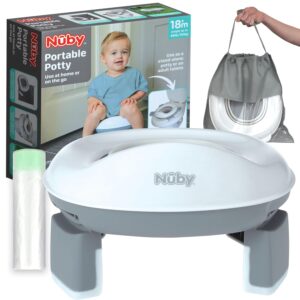
Make sure you have lots of clean trousers or/and underwear. Bring a plastic bag and change of clothes if you leave the home. Apart from that there’s not much more you need. It’s a good idea to make your home somewhat wee safe. Before you start potty train a girl, or a boy, I suggest you remove or protect carpets, sofas, chairs and things you don’t want pee on. You also must make sure you got 3 consecutive days where you can focus 100% on potty training your boy.
The Gentle 3-Day Potty Training Method (For Boys)
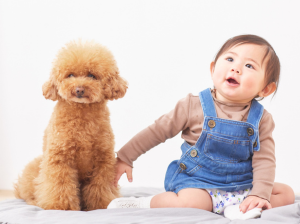
Day 1: Introduce the Potty
Start the day by removing the diaper and explaining what’s happening: “No more diapers today. You’re going to use the potty now.” Place the potty in the bathroom. Don’t force him to sit, let him explore it on his own.
Spend time with him and watch for cues. If he needs to go or starts to pee or poo, gently guide him to the potty, if he doesn’t go there on his own. If necessary, clean up with empathy: “Oops, that’s okay! Pee goes in the potty. Let’s try again.”
No screens. No distractions. Just be there with him. Offer support, not pressure.
Day 2: Reinforce the Routine
He’ll start to understand the process today. Help him recognize the urge to go. Celebrate effort, not results. Don’t praise every pee, instead, say things like, “You listened to your body. That’s awesome.”
Expect a few accidents. That’s normal. Stay patient and calm.
Day 3: Boost Confidence
Today is about consistency. Let him try on his own more often. Ask occasionally if he needs to go but don’t nag. Celebrate his independence. If he wants to stand and pee, let him try in the toilet, but sitting is usually easier at this stage.
If you notice regressions after a few days or weeks, don’t panic! Just return to your method calmly, without blame or shame.
Should You Use Praise and Rewards when potty training a boy?
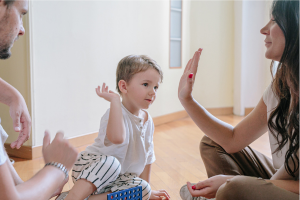
This is controversial. Personally, I’m not a fan of rewards during potty training. Using the toilet is a natural life skill, not a performance.
Praise and rewards can create pressure. Children might feel they’ve failed if they don’t get a sticker or treat. Instead, I encourage supportive language. Focus on effort and bodily awareness: “You noticed you had to go and tried to make it to the potty, that’s great!”
Avoid shaming or blame. Don’t say, “You were naughty.” Say, “That happens sometimes. Let’s clean it up together.”
One more problem with praise and rewards from a wider perspective is that you risk fostering a look-at-me-child. This happens when we keep telling them how good they are instead of telling them how much we like being with them or how much we like who they are. In the long run this can make him feel that what he does is what we value instead of who he is. This might lead to a need to perform all the time and may cause a bad self-esteem. I potty trained both my children without the use of praise or rewards and as you probably know by now, it worked just fine!
Final Thoughts
Potty training a boy doesn’t have to be a struggle. With the right mindset, a bit of patience, and the willingness to meet your child where he is developmentally, it can actually be a bonding experience.
Remember:
- Don’t rush it.
- Avoid comparing your child to others.
- Trust your instincts.
- Stay calm and kind.
You know your son better than anyone. By focusing on connection, communication, and confidence, you’ll help him take this big step with pride.
Happy potty training!
